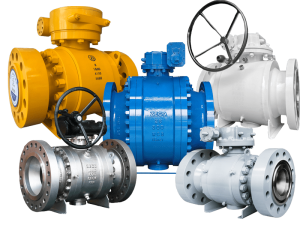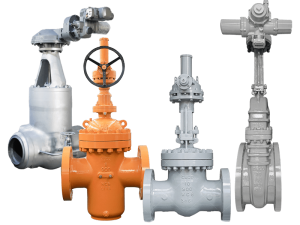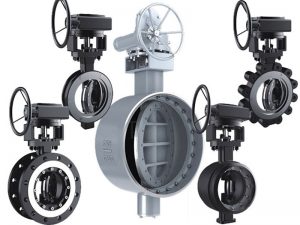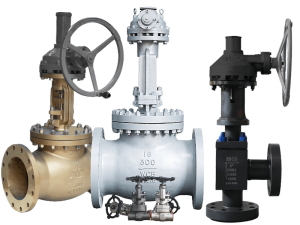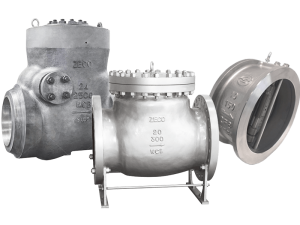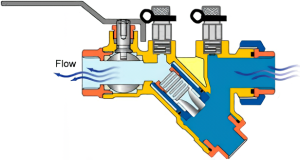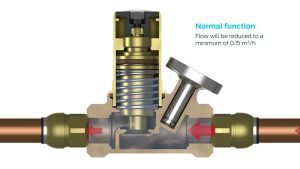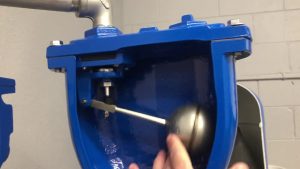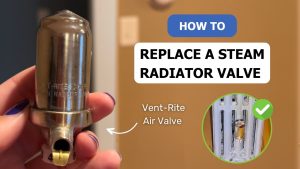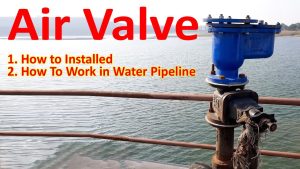¿Alguna vez se ha preguntado qué es un válvula antirretorno ¿para qué? No es el único.
Estos componentes sencillos pero fundamentales son los héroes anónimos de los sistemas de fluidos de todo el mundo. Trabajan entre bastidores en su casa, en fábricas e incluso en sistemas aeroespaciales.
En la guía de hoy, voy a desglosar todo lo que necesita saber sobre las válvulas antirretorno. Al final, entenderás exactamente cómo funcionan estas maravillas mecánicas y por qué son tan importantes.
Entremos de lleno.
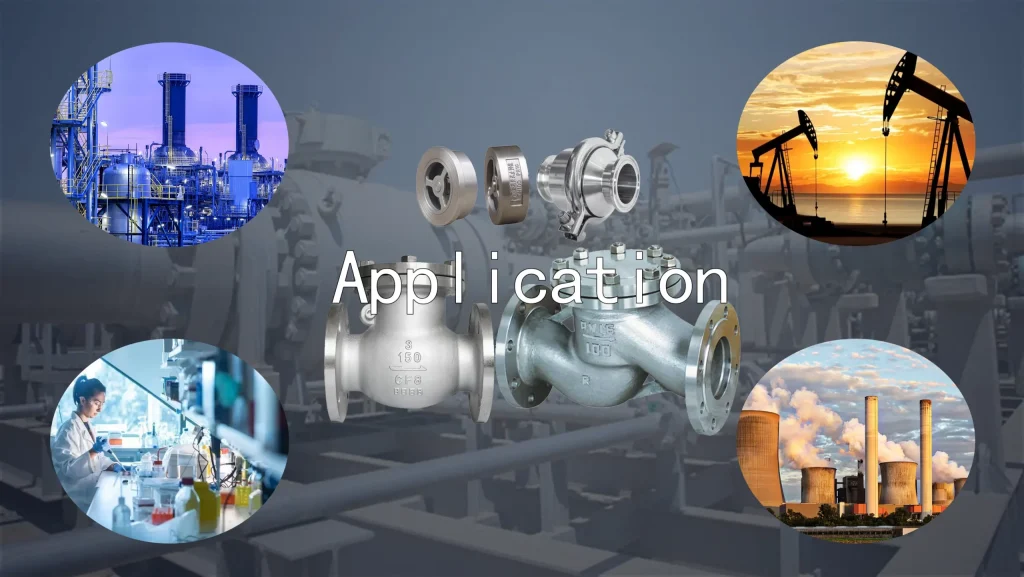
Índice
Por qué son importantes las válvulas antirretorno
Las válvulas antirretorno pueden parecer sencillas, pero resuelven cuatro problemas críticos:
- Prevención del reflujo: Impiden que el fluido fluya hacia atrás, lo que puede dañar los equipos.
- Mantener la presión: Ayudan a mantener la presión del sistema en niveles óptimos
- Prevención de la contaminación: Garantizan que los fluidos limpios no se mezclen con los sucios
- Reducción del golpe de ariete: Minimizan los dañinos picos de presión en su sistema.
¿En resumidas cuentas? Sin válvulas antirretorno, muchos sistemas de fluidos serían ineficaces, inseguros o no funcionarían en absoluto.
Tipos de válvulas antirretorno (y cuándo utilizar cada una)
No todas las válvulas antirretorno son iguales. Las distintas aplicaciones requieren diseños diferentes. Estos son los principales tipos que debe conocer:
Válvulas antirretorno oscilantes
Tienen un disco con bisagras que se abre y se cierra. Son el tipo más común y funcionan bien para:
- Sistemas de tratamiento del agua
- Aplicaciones de baja presión
- Sistemas de fluidos limpios
Consejo profesional: Las válvulas de retención oscilantes deben instalarse en tuberías horizontales para obtener el mejor rendimiento.
Válvulas antirretorno de bola
Utilizan una bola que se eleva con el flujo y baja para sellar cuando el flujo se invierte. Son ideales para:
- Aplicaciones de flujo vertical
- Sistemas con partículas o lodos
- Aplicaciones en las que se necesita una baja presión de craqueo
Válvulas antirretorno accionadas por muelle
Añaden un muelle para facilitar el cierre, haciéndolo más rápido y fiable. Destacan en:
- Sistemas de calefacción, ventilación y aire acondicionado
- Aplicaciones con cambios rápidos de caudal
- Sistemas que deben funcionar en cualquier orientación
Válvulas antirretorno de elevación
Estas válvulas utilizan un disco o pistón que se eleva verticalmente con el flujo. Son perfectas para:
- Aplicaciones de alta presión
- Instalaciones nucleares
- Sistemas con espacio limitado
Aplicaciones de las válvulas de retención
Las válvulas antirretorno están en todas partes. Permítame mostrarle algunos ejemplos que podrían sorprenderle.
Aplicaciones cotidianas de las que probablemente nunca se haya percatado
- El suministro de agua de su casa
¿La válvula antirretorno de su contador de agua? Es una válvula de retención que impide que el agua potencialmente contaminada vuelva al suministro municipal. - Inflado de colchones de aire
¿Te has preguntado alguna vez cómo se queda el aire dentro cuando quitas la bomba? Se trata de una válvula de retención. - Bombas de sumidero
Las válvulas antirretorno impiden que el agua descargada vuelva al sótano. - Sistemas de riego
Protegen el agua limpia de la contaminación impidiendo el reflujo de agua fertilizada.
Aplicaciones industriales en las que las válvulas antirretorno son críticas
Las válvulas antirretorno brillan realmente en entornos industriales, donde:
- Proteja sus costosas bombas
Cuando las bombas se paran, las válvulas de retención evitan el flujo inverso que podría dañar los impulsores. - Salvaguardar el tratamiento del agua
Evitan que el agua tratada se mezcle con el agua bruta. - Mantener la integridad de las tuberías
En los oleoductos y gasoductos, evitan el reflujo que podría provocar fallos catastróficos. - Garantizar la fiabilidad del proceso
En la fabricación de productos químicos, mantienen el flujo direccional de las sustancias reactivas.
Conclusiones: Los héroes anónimos de los sistemas de fluidos
Puede que las válvulas antirretorno no sean el componente más interesante de un sistema, pero a menudo se encuentran entre los más importantes. Evitan el reflujo, mantienen la presión, detienen la contaminación y reducen los dañinos picos de presión, todo ello de forma automática y normalmente sin alimentación externa.
Tanto si está diseñando un nuevo sistema como solucionando problemas de uno existente, entender para qué se utiliza una válvula de retención puede ayudarle a tomar mejores decisiones de ingeniería.
Así, la próxima vez que alguien le pregunte "¿para qué sirve una válvula antirretorno?", tendrá una respuesta completa que abarca desde la fontanería de su casa hasta las centrales nucleares.

